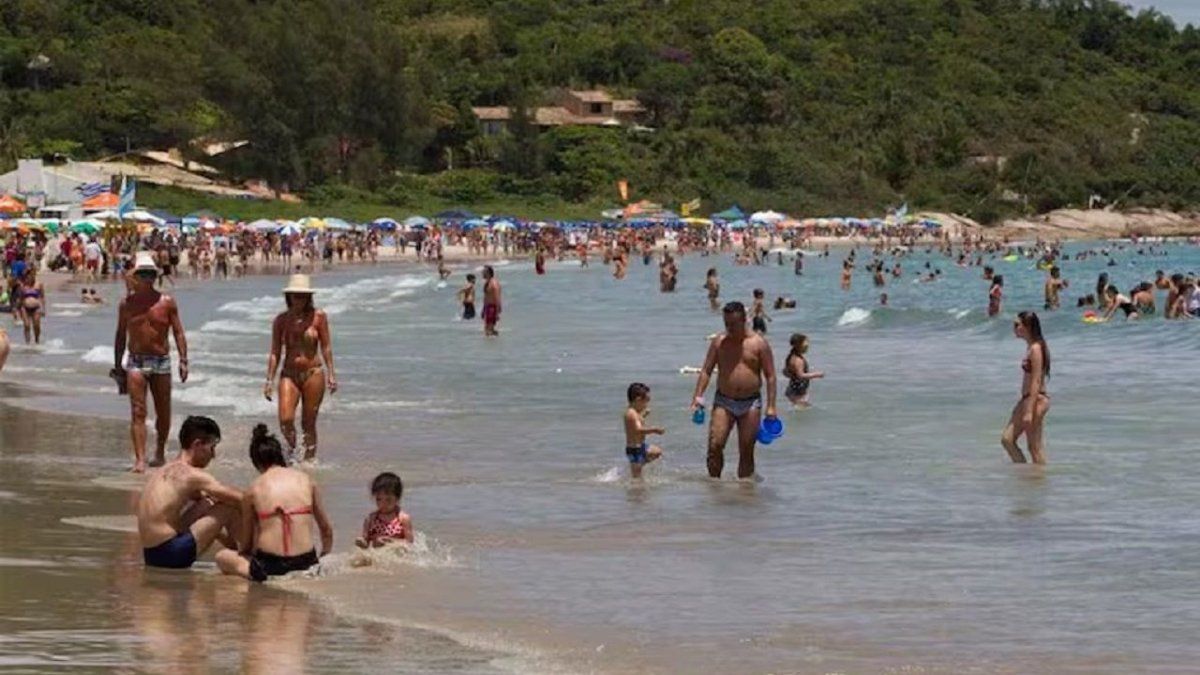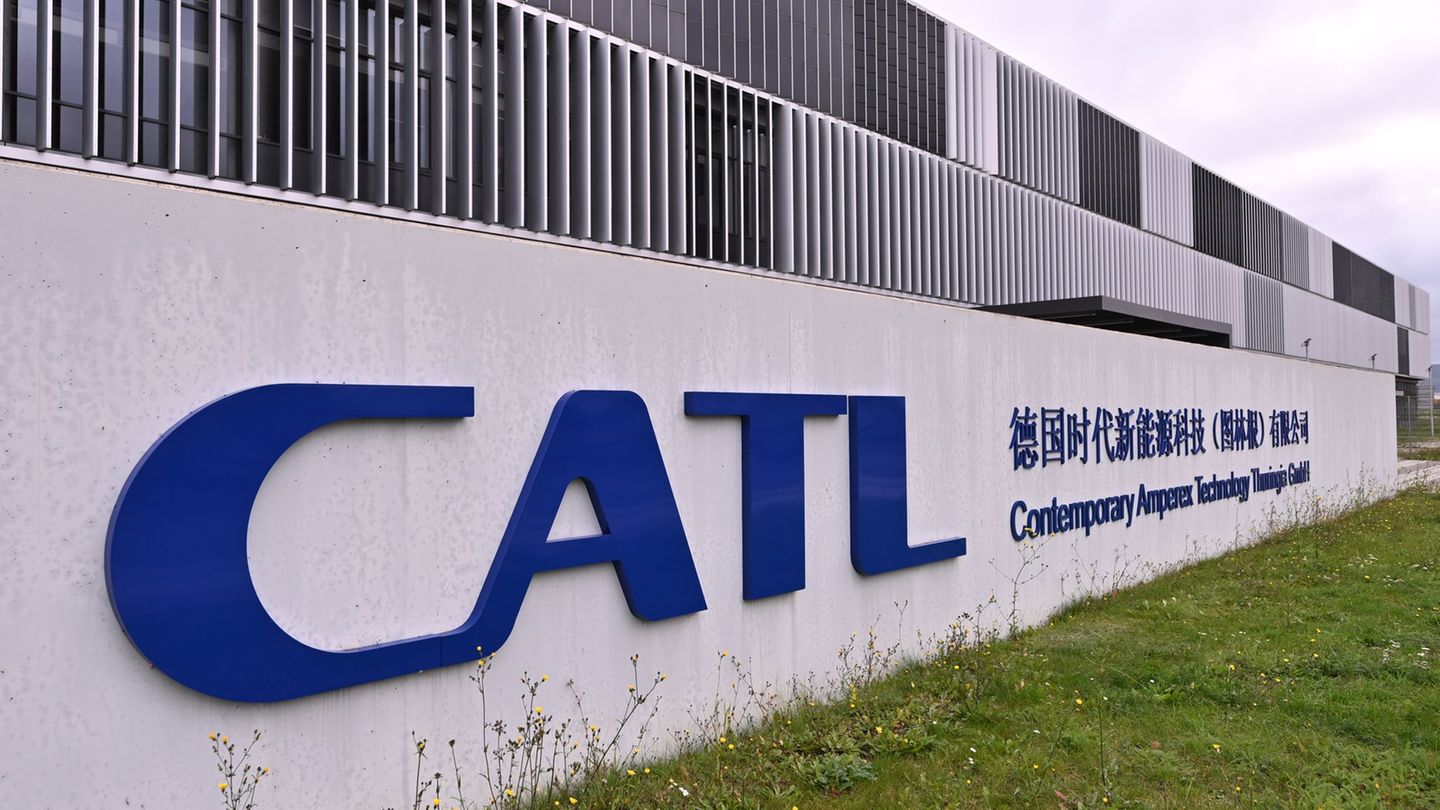The consumption in dollars made with credit card shot up in January, because the strong appreciation of the weight caused many to decide vacation in it foreign. And although the price of dollar card continues to be one of the most expensive, many use plastics and then pay the settlements with MEP dollar. This resulted in greater pressure to the types of stock exchange changes.
This pressure overheated its price, and The Government had to go out several times to intervene and contain the gap. Money that comes out of the coffers of the Central Bank (BCRA) and puts in check once again the meager reserves that the financial institution has.
Thus, he explained it to Scopethe financial analyst Christian Butler: “People go on vacation, and since there is a back dollar, that boosts tourism abroad, so demand for dollars expands seasonally. “I believe that consumption in dollars does affect reserves.”
In this regard, he explained how this situation overheats the prices of financiers and therefore harms the BCRA. “If you have a card dollar higher than the blue or the MEP dollar, You can not pay your expenses in dollars with pesos, but you can use the MEP dollar“, he explained. This same situation is repeated for those who use applications, which convert the real.
“The Central Bank has been carrying out a strong intervention in that market. You don’t end up losing as much as you would if you went for the official dollar, but it clearly has a cost on reserves. If you look at the data from the Central Bank every day they inform you that they buy reserves for US$150 million, US$160 million, and still, the reserves go down,” he explained.
In turn, Andrés Reschini of F2 Financial Solutions agreed with the analysis: “Tourism has a deficit in terms of the contribution of foreign currency and that deficit has been growing. With the exchange rate appreciation it is likely that it will continue to do so and “It has an impact on reserves both when the BCRA sells foreign currency in the official market to meet the demand and when the financial FX intervenes to meet the demand for tourism payment via MEP.”.
In any case, he explained that until January 16, the monetary authority acquired US$1,429 million in the MLC. “Therefore, it is likely that between the MLC and financial interventions the balance will be positive in favor of the BCRA,” he concluded.
image.png
In the following graph you can see how card consumption in dollars – in millions of dollars – began to have an upward curve in January 2025reaching similar values to the same month in 2018. This measurement was prepared by the economist Amilcar Alcollante based on the daily stock of credit in dollars with cards published by the Central Bank (BCRA).
Government intervention in financial dollars
From Max Capitalhighlighted that although the Government’s priority is to continue accumulating reserves and contain the exchange gap, “Interventions have increased in December and January, probably exceeding US$400 million per month.”
Analysts maintained that at the close of the previous day there was a strong intervention in parallel exchange rates, which determined that the MEP will close at $1,167 and the CCL at $1,191.
For Outlierit could be striking that the BCRA needs to intervene in this way and in a way “so persistent” so far in January since, they highlighted, there is a better climate: greater exchange rate stability in Brazil, the good volume numbers in the MLC wheels, the positive signal implied by the BCRA’s net purchases and, even, the greater differential of rate raised between the rate in pesos and the “crawling peg”.
However, they explained, “we are going through the dismantling of the seasonal peak in peso demand and that contributes a lot to the explanation. The peak that collaborated, along with Trump’s victory, so that from mid-November the gap will decrease a lot without the need for the BCRA to help it. The same phenomenon that contributed to the gap reaching 13% in December 2023 and less than a month later exceeding 50%.“.
Source: Ambito
David William is a talented author who has made a name for himself in the world of writing. He is a professional author who writes on a wide range of topics, from general interest to opinion news. David is currently working as a writer at 24 hours worlds where he brings his unique perspective and in-depth research to his articles, making them both informative and engaging.




